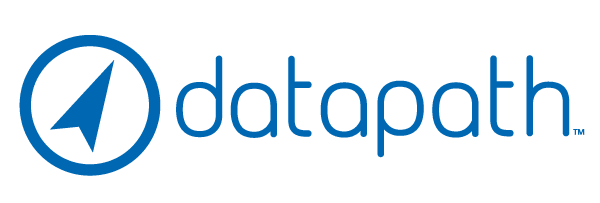

design benefits that meet every generation's needs?
The U.S. workforce spans decades of experiences, expectations, and priorities. Are your clients' benefits keeping up?
With a 23% increase in benefits options in just two years, and Gen Z, Millennials, Gen X, and Boomers working side by side, designing the right package is filled with complexity. Two-thirds of employees say benefits matter as much as salary, yet fewer than half are satisfied with what they have.
In this whitepaper, you’ll discover how to:
- Understand shifting generational preferences
- Build around universal needs
- Balance flexibility with cost control
- Stay ahead of the biggest benefits trends
As trusted advisors, TPAs and benefits professionals must help develop benefit plans for today's workforce. Find out how in our new whitepaper, Generational Differences in Employee Benefits: Insights for Benefits Professionals and HR Leaders.
Get your FREE Whitepaper!

©2025 by DataPath, Inc.